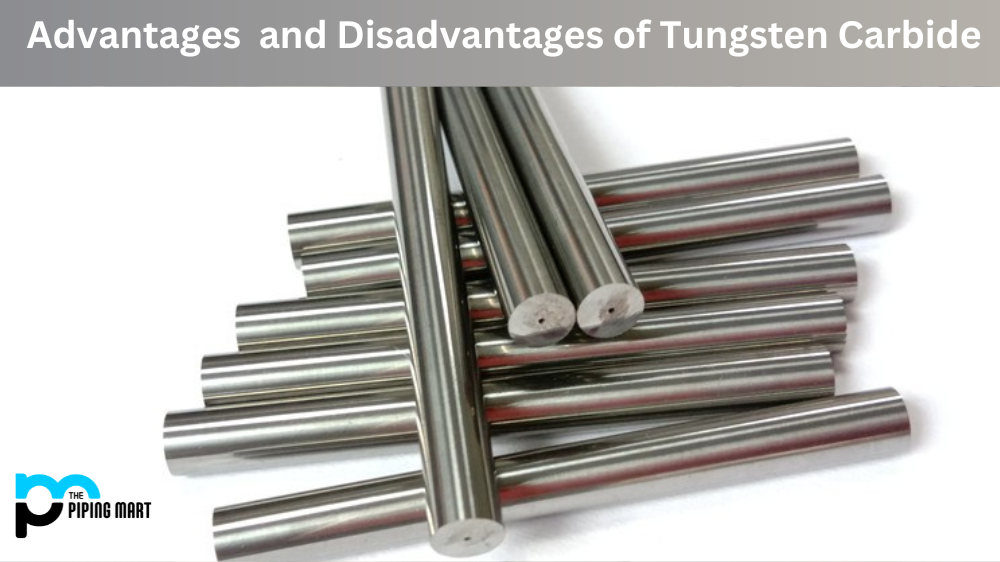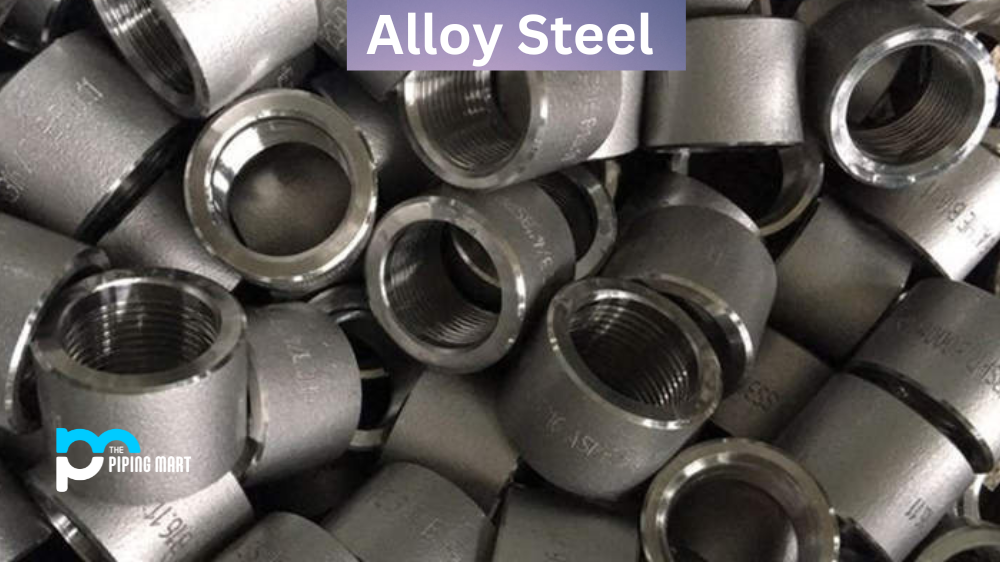Tungsten Carbide is an alloy composed of tungsten, carbon atoms, and other metallic elements. It is extremely hard and durable, which makes it a popular material choice for many applications, such as jewelry, drill bits, cutting tools, and more. However, while there are many advantages to using tungsten carbide, some drawbacks should be considered before deciding to use this material. Let’s take a closer look at the pros and cons of tungsten carbide.
5 Advantages of Tungsten Carbide
One of the major benefits of using tungsten carbide is its incredible durability. The material has an incredibly high melting point (around 5400 degrees Celsius) which means it is extremely resistant to heat and wears and tear. This makes it ideal for applications that require intense heat or wear resistance, such as industrial machinery or jewelry. Additionally, its hardness makes it able to withstand high levels of pressure without damage – making it great for cutting tools like saw blades or drill bits.
Tungsten carbide also has good electrical conductivity, which makes it especially useful in electronic applications where electricity needs to be conducted through the material without any interference. Finally, because of its hardness and durability, tungsten carbide is often used in medical implants such as hip replacements or knee replacements due to its ability to resist corrosion and wear over time.
It is one of the hardest metals.
Tungsten carbide is a tough metal that is often used in high-wear applications. The hardness of tungsten carbide makes it ideal for use in cutting and machining tools and wear-resistant coatings.
It has a high melting point.
Tungsten carbide has a melting point of approximately 5,700 degrees Celsius, which is significantly higher than the melting point of most other metals. This high melting point makes tungsten carbide ideal for use in high-temperature applications.
It is chemically inert.
Tungsten carbide is highly resistant to chemical attack and does not corrode in most environments. This chemical inertness makes tungsten carbide an ideal material for use in chemical processing equipment and areas where corrosion resistance is required.
It has a low coefficient of thermal expansion.
The coefficient of thermal expansion is a measure of how a material expands when heated. Tungsten carbide has a very low coefficient of thermal expansion, meaning that it expands very little when heated. This property makes tungsten carbide ideal for precision instruments and applications where dimensional stability is required.
It is electrically conductive.
Despite being a refractory metal, tungsten carbide is electrically conductive due to the presence of carbon in its crystal structure. This electrical conductivity makes tungsten carbide ideal for electrical applications such as electrodes and contacts.
5 Disadvantages of Tungsten Carbide
The most significant disadvantage of tungsten carbide is its cost – due to its properties, producing items with this material can be much more expensive than other materials such as steel or aluminum. Additionally, because tungsten carbide is so hard, it can be difficult to machine and shape into complex shapes – meaning that larger pieces may need to be cut down into smaller pieces before they can be machined into their desired shape – driving up costs even further. Finally, since this material is not naturally occurring on earth (it must be produced synthetically), environmental concerns are associated with mining the raw materials needed for production.
It is a tough metal.
While this may seem like a good thing, it can be quite a disadvantage. The hardness of the metal makes it difficult to work with and shape. This can make it difficult to create products from tungsten carbide that are precise and have intricate designs.
It is a brittle metal.
Another downside to the hardness of tungsten carbide is that it is also a brittle metal. This means it can break or shatter easily if it is dropped or hit too hard. This can make it difficult to use tungsten carbide in applications that may be subject to impact or wear and tear.
It is expensive.
Tungsten carbide is more expensive than other metals, such as steel. This is because it is difficult to mine and process. The high cost of tungsten carbide can make it prohibitive for some companies to use it in their products.
It has a low melting point.
Tungsten carbide has a melting point of around 2700 degrees Celsius, which is lower than other metals such as steel (melting point of about 1400-1600 degrees Celsius). This means that tungsten carbide products may not be suitable for applications where they will be exposed to high temperatures, such as in welding or soldering.
It is toxic.
Tungsten carbide is considered a toxic metal, as exposure to it can cause health problems such as skin irritation, respiratory problems, and gastrointestinal issues.
Conclusion:
Tungsten Carbide has many advantages when compared with other materials – from its extreme durability to its excellent electrical conductivity. However, these advantages come at a cost financially and environmentally cost because the raw materials must be mined to produce this alloy synthetically. Before deciding whether or not tungsten carbide is suitable for your needs, you should consider both the advantages and disadvantages carefully before investing in this material choice.
Sakshee is a talented blogger, with a particular focus on the Business and Metal Industry. She is passionate about sharing her insights on various metal products and helping professionals to make a better decisions.




